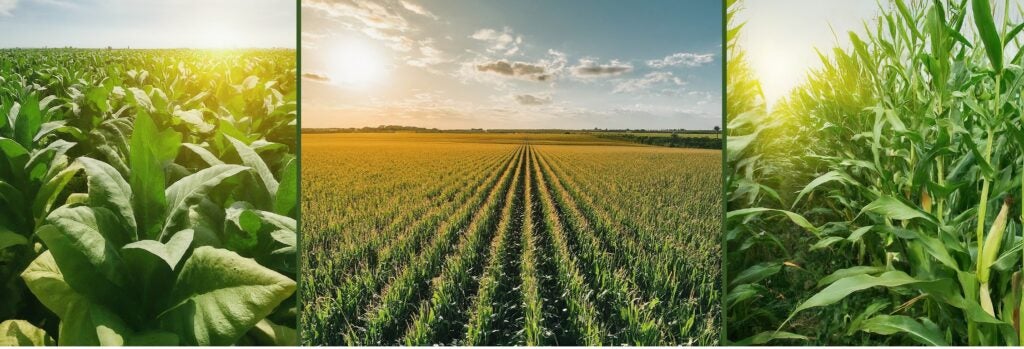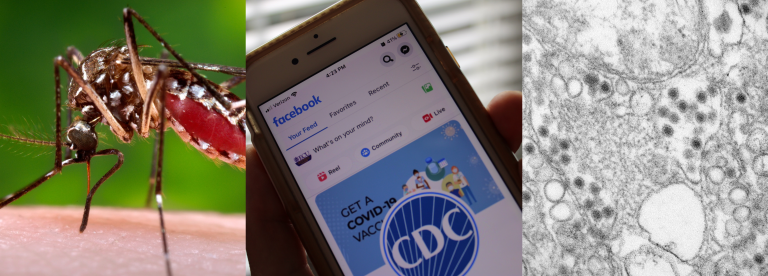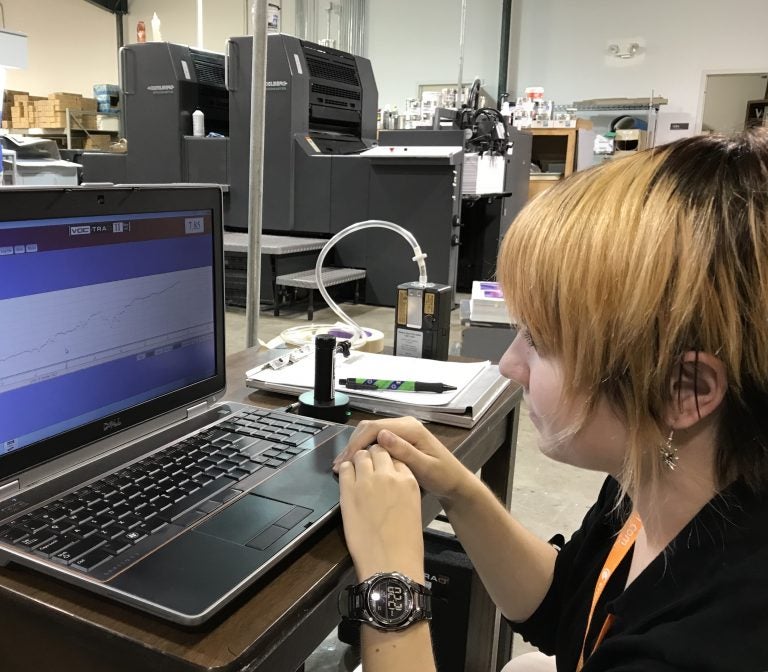Edwards R*, Lanier N, Balanay JG and Mizelle E (2025). Heat risks in agriculture: Microclimate variability and worker safety in sweet corn and tobacco. Journal of Occupational and Environmental Hygiene, 1–8 (published online 3/21/2025). doi:10.1080/15459624.2025.2473469
Abstract
Agricultural work is one of the highest-risk U.S. occupations for heat-related illness (HRIs). Some tall-growing crops can block the cooling effects of wind or contribute to environmental humidity creating warm and humid microclimates (environments directly surrounding workers). The purpose of this study was to assess the differences in environmental heat stress within the center of tall-growing crop fields compared to the field perimeter. In the summer of 2023, two heat stress monitors collected daily measurements of wet bulb globe temperature (WBGT) in sweet corn and tobacco fields; results support that WBGT was higher at the field center of sweet corn and significantly higher at the field center of tobacco: 6.7% more hours in sweet corn and 13.6% more hours in tobacco were considered unsafe heat stress risk levels at the field center when compared to unsafe hours at the field perimeter. Unsafe heat stress risk levels were more likely to occur in the afternoons in the corn field while a high majority of all recorded hours in tobacco were considered unsafe, including the morning hours. The risk of laboring inside tall crop rows and heat-related illness should be considered in worker education and heat stress plans.

Photo source: AI-generated by ImageFX


